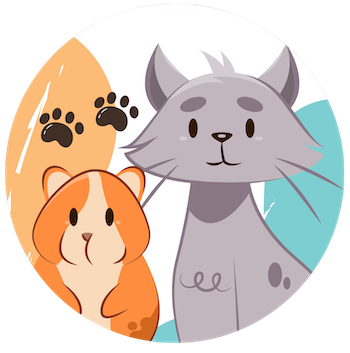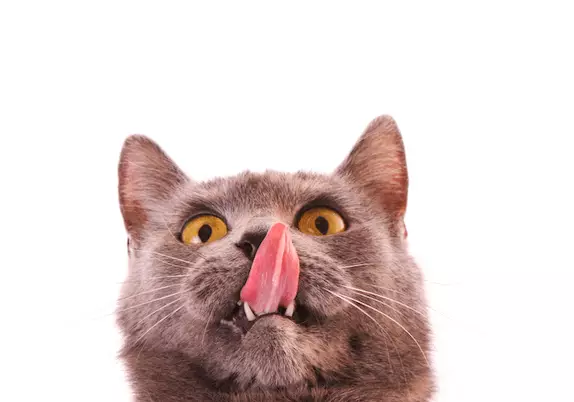Cats are notorious for being enigmatic creatures, often communicating in ways humans struggle to interpret. When a cat licks the air or vocalizes after being scratched, these actions are far more than mere quirks; they are expressions of complex emotional and social processes. Unlike dogs, who often wear their hearts on their sleeves, cats communicate predominantly through non-verbal cues, revealing their innermost feelings in subtle gestures. Recognizing these signs allows owners to forge deeper bonds and understand their feline friends better, transforming a series of mysterious behaviors into meaningful communication.
One particularly intriguing behavior is the air licking or the gentle vocalizations during or after petting. While these might seem accidental or odd, they are rooted in a history of social bonding and emotional sharing. Cats interpret human interaction as a form of mutual grooming, a behavior ingrained in their evolutionary fabric. In the wild, mutual grooming serves not only hygienic purposes but also reinforces social ties, creating a sense of safety and trust among group members. When a human engages with a cat through petting, the feline brain may interpret this as a form of social bonding, triggering instinctual responses designed to strengthen that connection.
From Kittenhood to Companion: An Evolutionary Perspective
Despite their reputation for independence, cats carry the past of their communal roots into their adult lives, especially in domestication. Many house cats remain psychologically tethered to the behavioral patterns learned during kittenhood—living in a social group and relying on mutual contact for comfort and security. They often see their human caretakers as parental figures or siblings, which explains why they seek reassurance through gestures like licking or nuzzling. These acts are not just about hygiene—they symbolize a desire to bond and establish trust, echoing their early social environments.
This shared behavior of mutual grooming has been extensively studied across species, emphasizing its role in fostering emotional bonds. When a cat licks you or vocalizes as a response to your touch, it is engaging in a reciprocal act that releases oxytocin, often dubbed the “love hormone.” This biochemical response not only reinforces their trust but also enhances their emotional well-being. It is a testament to how deeply intertwined social bonding is with survival and reproductive success in the animal kingdom and, by extension, in domesticated pets.
Trust, Vulnerability, and the Language of Love
At its core, the behavior of air licking and vocalization encapsulates a profound aspect of feline psychology: vulnerability. Allowing a human to touch, lick, or nudge is an act of trust—a cat essentially opening itself up, showing that it feels safe enough to let its guard down. When cats respond positively to our touch in these subtle ways, it’s a testament to a bond rooted in mutual understanding and affection.
For those who cherish cats, understanding these behaviors goes beyond mere curiosity; it elevates pet ownership into a true partnership. Recognizing that a cat’s gestures are signs of emotional connection can deepen empathy and encourage more respectful, loving interactions. When a feline chooses to engage in mutual grooming or vocalizes in response to your presence, it is communicating a level of attachment that deserves acknowledgment and care.
In essence, these behaviors are more than just habits—they are windows into a cat’s heart, revealing a complex web of affection, trust, and biological bonding. Appreciating and interpreting these signals can enhance the human-animal relationship, transforming everyday interactions into moments of genuine emotional connection.

